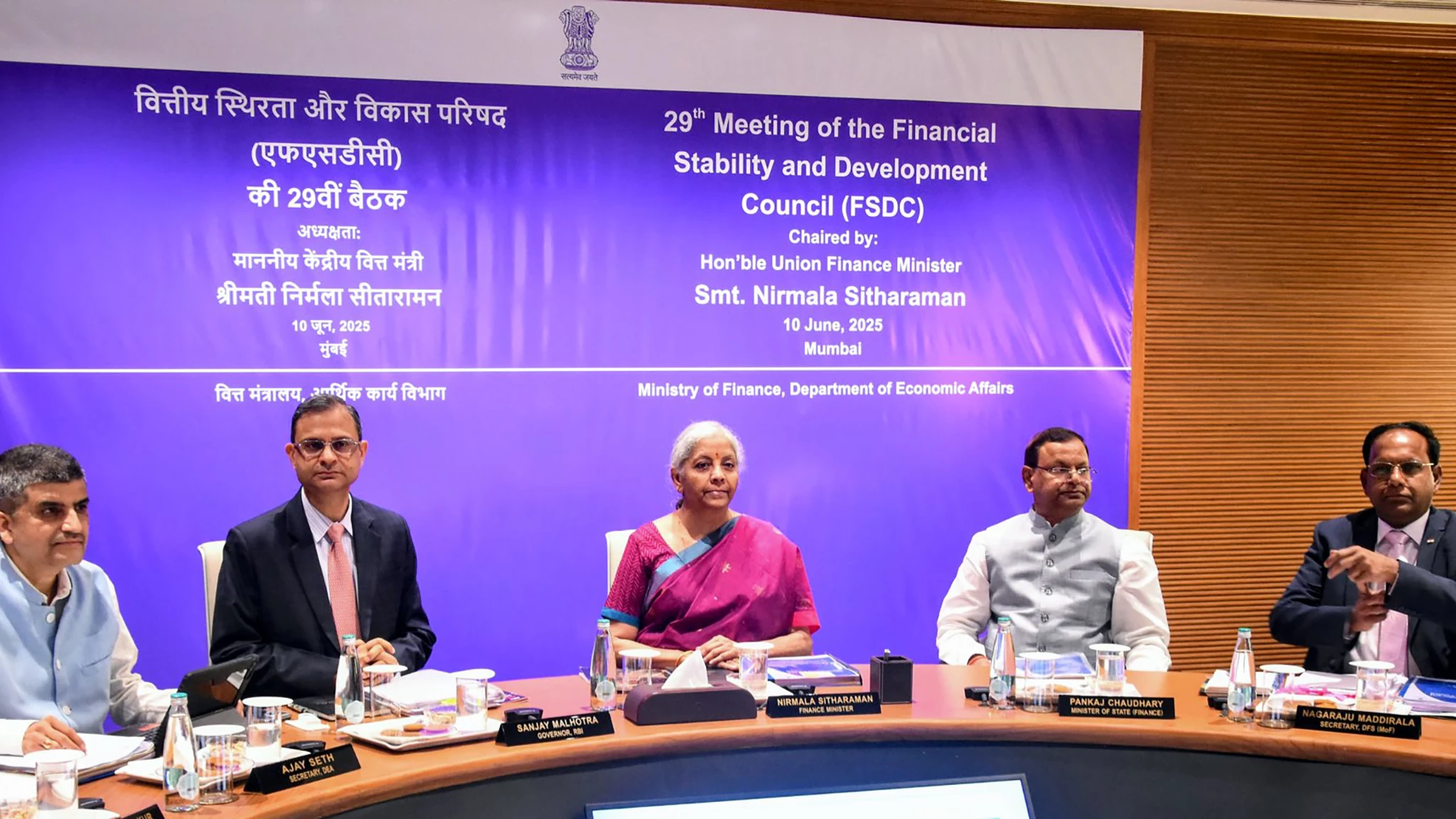The US Federal Reserve has once again opted to keep its policy rate unchanged at 4.25-4.5 per cent. The reasoning? A thick cloud of uncertainty hanging over the US economy, largely attributed to President Donald Trump’s still-evolving policy landscape. Risks like trade volatility from tariff unknowns, potential higher inflation, and rising unemployment were cited as reasons for the cautious stance.
Chairman Jerome Powell acknowledged the economy is growing at a “solid pace”, but the underlying tone suggests a lack of conviction about its durability under the new policy environment. This caution hints at a potential worry about stagflation, where high inflation meets high unemployment, although the Fed isn’t explicitly forecasting this. Their decision to hold is effectively a ‘wait-and-watch’ until clearer data emerges, suggesting a dry summer for anyone hoping for rate cuts.
Global Central Banks Ease
In a stark contrast, central banks across Europe and Asia are clearly in easing mode. Analysts expect the European Commercial Bank to cut rates soon. Meanwhile, countries like India and China are maintaining their bias towards lower rates. This significant divergence in monetary policy stances is becoming a major factor influencing global financial flows.
Capital Shifts Away From US
This split is already weighing on US assets, leading to a notable shift in capital. Funds have begun moving towards regions and countries perceived to have stronger domestic prospects or more aggressive fiscal stimulus. India, with a potential domestic recovery on the horizon, Europe with its fiscal push, and Japan with supportive macro data, have become more attractive destinations. Both US and China equity markets have underperformed since trade tariff news hit headlines.
India’s Resilient Position
The underperformance of the US and China markets is likely to continue in the near to medium term, positioning Indian equities to perform relatively better. India’s market is on firmer ground, bolstered by recent strategic wins like signing the UK FTA which could significantly boost exports and serve as a template for future trade deals. The recent appreciation of the Indian Rupee against the US Dollar is another positive, potentially improving the balance of payments and helping lower inflation.
These domestic positives explain the recent return of FII flows into India, even though regional conflict with Pakistan failed to dampen investor sentiment significantly. While risks like conflict escalation could drag the Rupee, and a narrow bond yield differential with the US might deter foreign bond investors, for equities, India remains one of the more resilient markets globally based on the information provided in the news summary. (Please note: The provided URL links to the Kenvue CFO news, not the FTA news as intended, but serves as an example of embedding based on user instruction).
What can we expect next? The global monetary policy divergence is likely to persist, continuing to influence capital flows. India’s domestic story, coupled with global shifts, suggests its equity market could hold its ground, perhaps even gain, while US and Chinese markets navigate trade headwinds and policy uncertainty.
Image Courtesy: X (Federal Reserve)










Leave a Reply